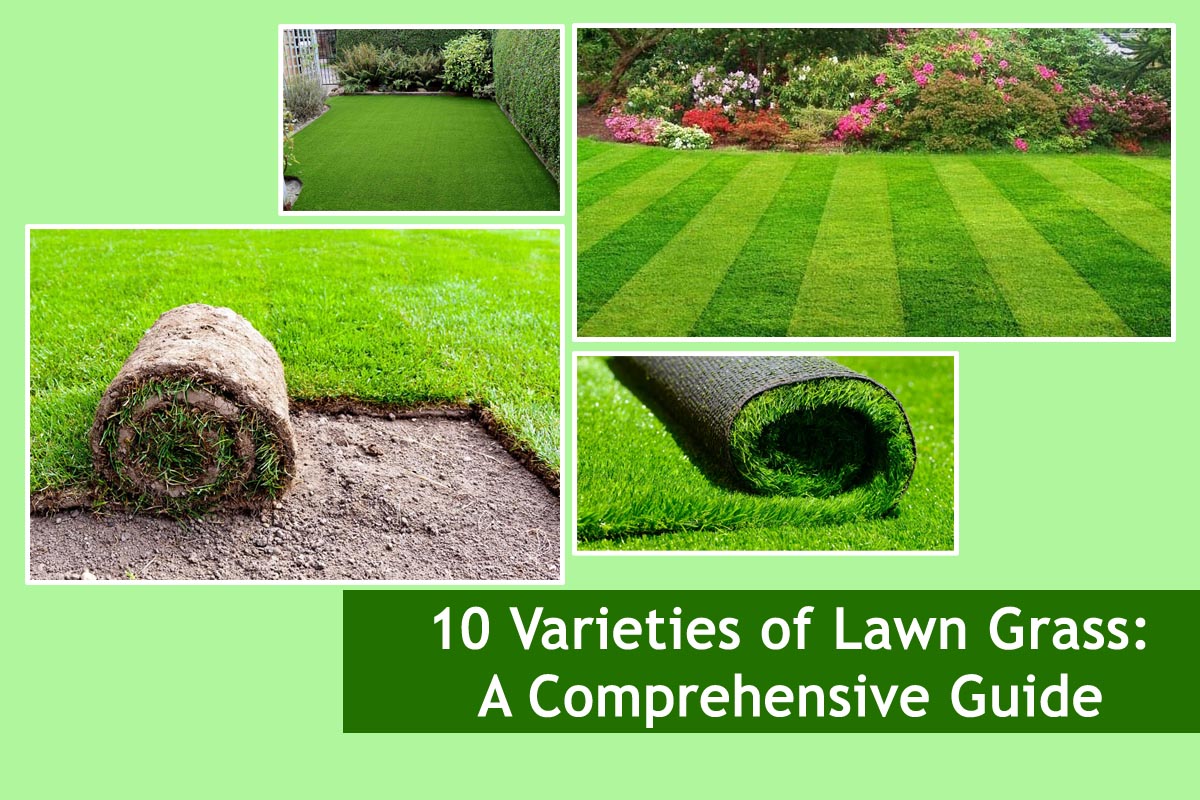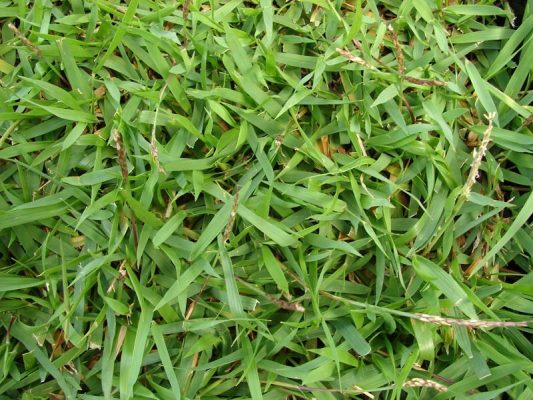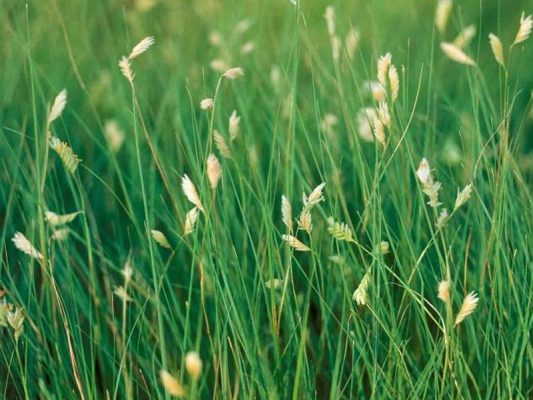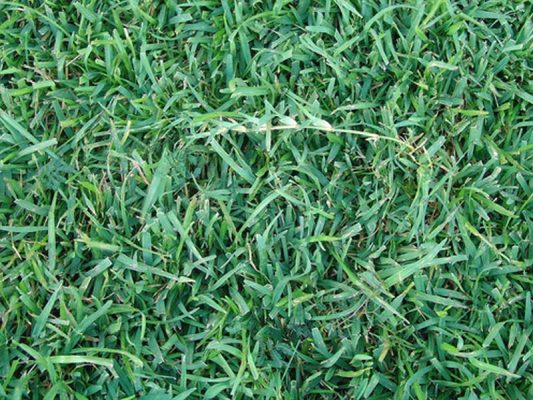
10 Varieties of Lawn Grass: A Comprehensive Guide
A lush, verdant lawn is the pride of many homeowners, but achieving that perfect carpet of green requires selecting the right type of grass for your climate, soil, and maintenance preferences. With so many options available, it can be challenging to determine which variety is best suited for your lawn. In this guide, we’ll explore ten different types of lawn grass, each with its unique characteristics and benefits.
10 Varieties of Lawn Grass
Kentucky Bluegrass (Poa pratensis):

Known for its rich green color and dense growth habit, Kentucky Bluegrass is a popular choice for lawns in cool-season regions. It establishes quickly and has excellent wear tolerance, making it ideal for high-traffic areas.
Also Read This : 7 Must-Grow Vegetables for Your March Kitchen Garden
Bermuda Grass (Cynodon dactylon):

This warm-season grass thrives in hot climates and is prized for its drought tolerance and rapid growth rate. Bermuda grass forms a dense turf that withstands heavy foot traffic, making it a favorite for sports fields and golf courses.
St. Augustine Grass (Stenotaphrum secundatum):

Native to the Gulf Coast region, St. Augustine grass is valued for its shade tolerance and lush, dark green appearance. It performs well in warm, humid climates and is relatively low-maintenance.
Also Read This : Selecting the Superior Potting Soil: A Guide for Flourishing Plants
Fescue (Festuca spp.):

Fescue grasses are versatile and adaptable, making them suitable for a wide range of climates. Tall fescue is known for its durability and ability to withstand drought, while fine fescue varieties excel in shaded areas.
Zoysia Grass (Zoysia spp.):

With its dense growth habit and tolerance for heat and drought, Zoysia grass is an excellent choice for lawns in warm-season regions. It forms a thick carpet of grass that chokes out weeds and requires minimal maintenance.
Also Read This : Keep Your Curry Leaves Green Year-Round: Easy Tips for Vibrant Garden Growth
Ryegrass (Lolium spp.):

Ryegrass is often used for overseeding warm-season lawns in cooler months to maintain year-round green color. It germinates quickly and provides temporary cover while warm-season grasses are dormant.
Also Read This : 10 Effective Methods to Create Shade in Your Garden
Buffalo Grass (Bouteloua dactyloides):

Native to the Great Plains region of North America, Buffalo grass is prized for its low water and maintenance requirements. It has a fine texture and attractive blue-green color, making it an excellent choice for eco-friendly landscapes.
Also Read This : Beat the Heat: Essential Gardening Tips for Thriving Plants in Summer
Centipede Grass (Eremochloa ophiuroides):

Centipede grass is valued for its low maintenance requirements and tolerance for acidic soils. It forms a dense, weed-resistant turf and has a medium texture that feels comfortable underfoot.
Also Read This : How to Harness the Power of Cow Dung for Plant Growth: Benefits and Usage Tips
Bahia Grass (Paspalum notatum):

Native to South America, Bahia grass is well-suited for warm, humid climates and sandy soils. It has excellent heat and drought tolerance and thrives in coastal regions with salty air.
Also Read This : 10 Feng Shui Plants for Happiness and Prosperity in Your Home
Bentgrass (Agrostis spp.):

Bentgrass is prized for its fine texture and ability to form a dense, uniform turf. It thrives in cool, moist climates and is commonly used on golf course putting greens for its smooth, carpet-like appearance.
Also Read This : Revitalize Your Balcony: 7 Tall Plant Wonders for a Fresh New Look
Factors to Consider When Choosing the Right Grass for Your Lawn
When choosing the right grass for your lawn, consider factors such as climate, soil type, sun exposure, and maintenance preferences. By selecting the appropriate variety, you can enjoy a beautiful, healthy lawn that enhances the beauty and value of your property.
Kentucky Bluegrass, known for its rich green color and dense growth habit, is a popular choice for lawns in cool-season regions. It establishes quickly and has excellent wear tolerance, making it ideal for high-traffic areas. Bermuda Grass, a warm-season grass, thrives in hot climates and is prized for its drought tolerance and rapid growth rate. It forms a dense turf that withstands heavy foot traffic, making it a favorite for sports fields and golf courses. St. Augustine Grass, native to the Gulf Coast region, is valued for its shade tolerance and lush, dark green appearance. It performs well in warm, humid climates and is relatively low-maintenance.
Also Read This : Elevate Your Balcony Décor with Chic Flower Pots
Fescue grasses, including tall fescue and fine fescue varieties, are versatile and adaptable, suitable for a wide range of climates. Tall fescue is known for its durability and ability to withstand drought, while fine fescue varieties excel in shaded areas. Zoysia Grass, with its dense growth habit and tolerance for heat and drought, is an excellent choice for lawns in warm-season regions. It forms a thick carpet of grass that chokes out weeds and requires minimal maintenance.
Ryegrass is often used for overseeding warm-season lawns in cooler months to maintain year-round green color. It germinates quickly and provides temporary cover while warm-season grasses are dormant. Buffalo Grass, native to the Great Plains region of North America, is prized for its low water and maintenance requirements. It has a fine texture and attractive blue-green color, making it an excellent choice for eco-friendly landscapes.
Centipede Grass is valued for its low maintenance requirements and tolerance for acidic soils. It forms a dense, weed-resistant turf and has a medium texture that feels comfortable underfoot. Bahia Grass, native to South America, is well-suited for warm, humid climates and sandy soils. It has excellent heat and drought tolerance and thrives in coastal regions with salty air. Bentgrass, prized for its fine texture and ability to form a dense, uniform turf, thrives in cool, moist climates and is commonly used on golf course putting greens for its smooth, carpet-like appearance.
Also Read This : 10 Indoor Plants That Act as Natural Humidity Absorbers for Your Home
When choosing the right grass for your lawn, consider factors such as climate, soil type, sun exposure, and maintenance preferences. By selecting the appropriate variety, you can enjoy a beautiful, healthy lawn that enhances the beauty and value of your property.




